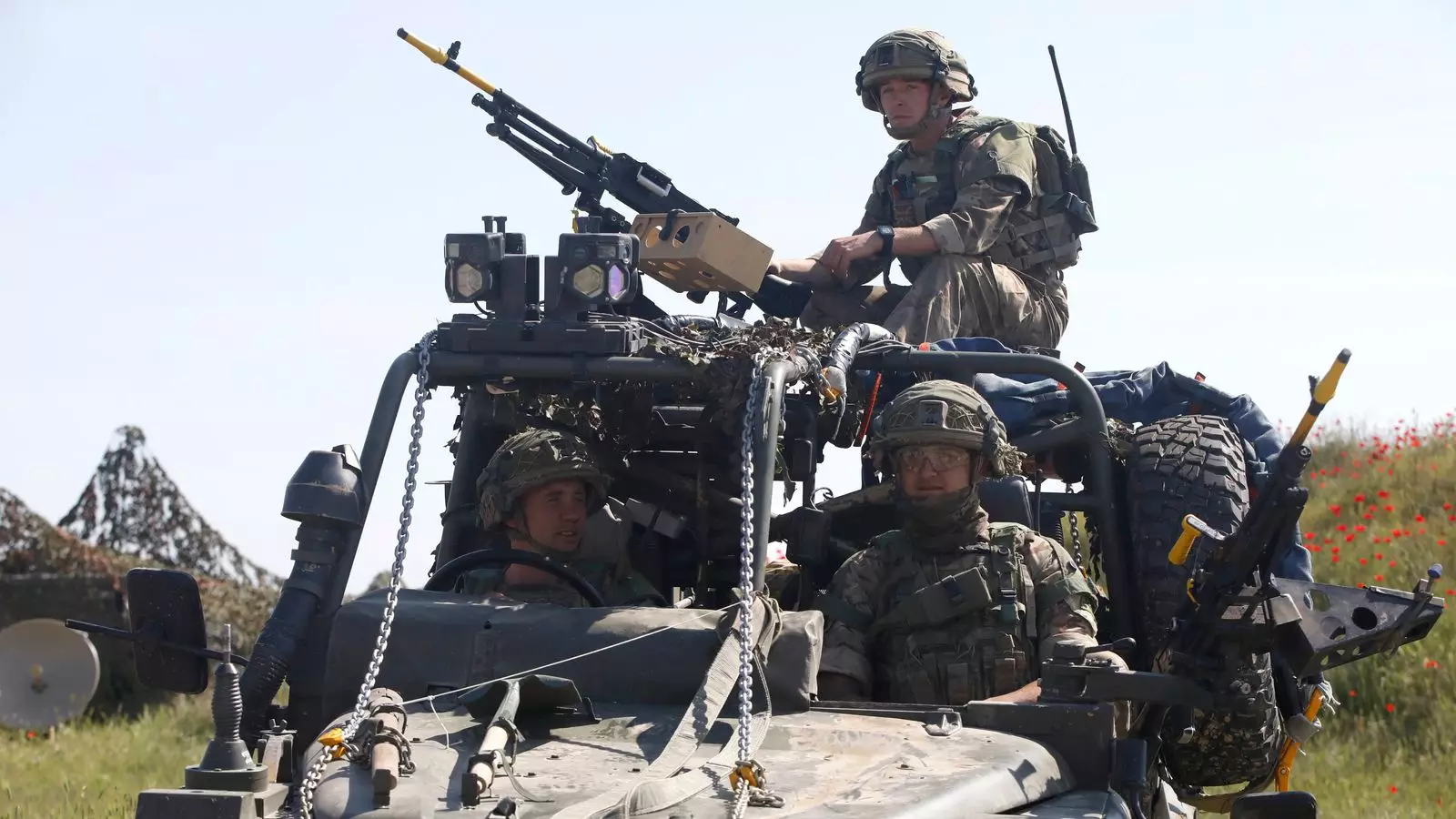The ongoing conflict in Ukraine has prompted discussions among Western officials about the potential deployment of European troops in various critical sectors to ensure peace following a ceasefire with Russia. This analysis delves into the broader implications of such deployments, examining the logistics, motivations, and potential challenges that may arise in the months to come.
The suggestion to deploy British and European troops to Ukraine aims not just to stabilize the situation but to instigate a return to normalcy for millions of Ukrainian refugees who have fled their homes due to the conflict. Sources indicate that a reassurance force, likely to number around 30,000 personnel, could be positioned in major urban centers, alongside critical infrastructures such as nuclear power plants and seaports. This arrangement would not involve direct engagement in combat, as these troops would steer clear of frontline areas and avoid the typical role of peacekeeping forces.
Rather than acting as peacekeepers, the envisioned European contingent would primarily serve as a stabilizing presence, aiming to ensure public safety and bolster confidence. Western officials have suggested that this would help facilitate the safe return of displaced Ukrainians, thereby supporting the nation in its reconstruction efforts. This perspective frames the mission as one of support and reassurance, rather than one of aggression or confrontation.
Air Security and Maritime Considerations
Given the importance of controlling Ukraine’s skies and coastline, discussions have introduced the concept of an air policing mission. This initiative would involve fast jets operating from bases outside Ukraine, tasked with ensuring the safety of Ukrainian airspace, which has been largely shut off to civilian flights since the onset of the war. Such a strategy could restore vital air travel routes, promoting economic re-engagement and international ties.
Moreover, the deployment of warships in the Black Sea emerges as a crucial consideration in the broader framework of ensuring maritime security. As economic activity relies heavily on sea transport, ensuring safe and clear shipping lanes requires not only naval presence but also the necessity of demining operations. These naval maneuvers represent an essential component of returning to relative normalcy in Ukraine’s economy and regional stability.
The Role of International Partnerships
While the potential troop deployments highlight European commitment, the involvement of the United States is deemed critical. Sir Keir Starmer’s emphasis on a “US backstop” reflects the understanding that American military presence or support would act as a major deterrent, discouraging any further Russian aggression. This aspect raises questions about the future of NATO alliances and the extent to which the United States will be involved, especially with the varying positions within US leadership regarding direct military support to Ukraine.
The potential for American aircraft stationed outside Ukraine enhances deterrent capabilities; however, the uncertainty surrounding US policy continues to loom large. This partnership will need to be clearly defined, as discrepancies could undermine the effectiveness of the international reassurance mission.
While the dialogue encourages proactive steps towards the security of Ukraine, several challenges persist. First, the Russian government’s strong opposition to the deployment of NATO or European forces complicates this international strategy. Russia’s characterization of such troop movements as “unacceptable” amplifies concerns regarding potential escalations in tension.
Furthermore, Ukrainian President Volodymyr Zelenskyy’s push for substantial security guarantees underscores the gravity of the situation. As he pointed out, discussions regarding the possibility of creating a formidable Ukrainian defense system, capable of standing on its own, must be considered. The suggestion of developing or acquiring advanced air defense systems emphasizes a long-term commitment to national security.
The potential deployment of European troops to Ukraine involves complex strategic considerations, balancing immediate humanitarian needs and long-term security initiatives. Overcoming the diplomatic hurdles, securing international commitments, and fostering unity among allies will be crucial in translating these discussions into actionable strategies that protect Ukraine’s sovereignty and support its recovery in the post-war framework. As the situation continues to evolve, close attention must be paid to the developments that can shape the future of Ukraine and its allies.


Leave a Reply